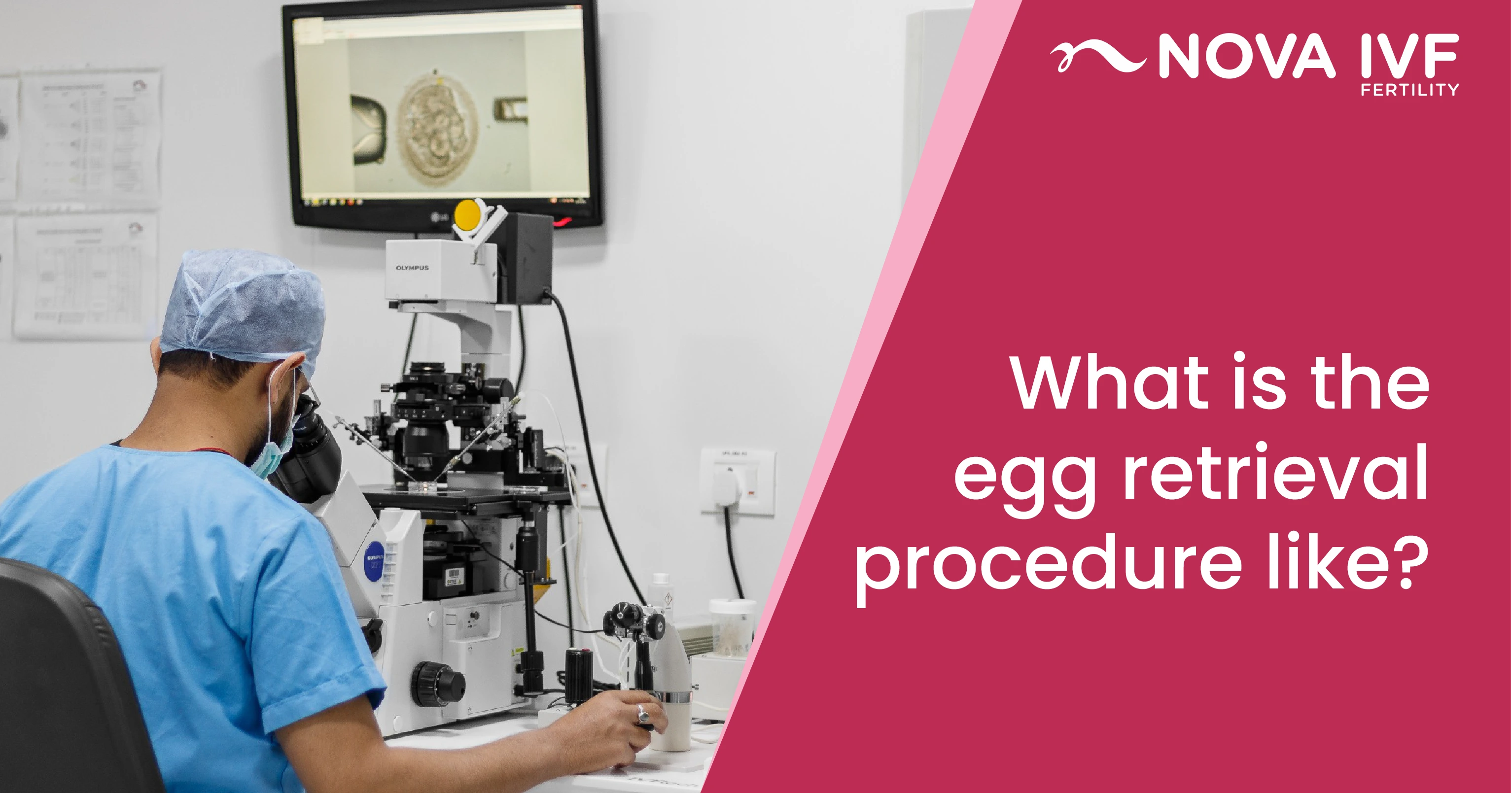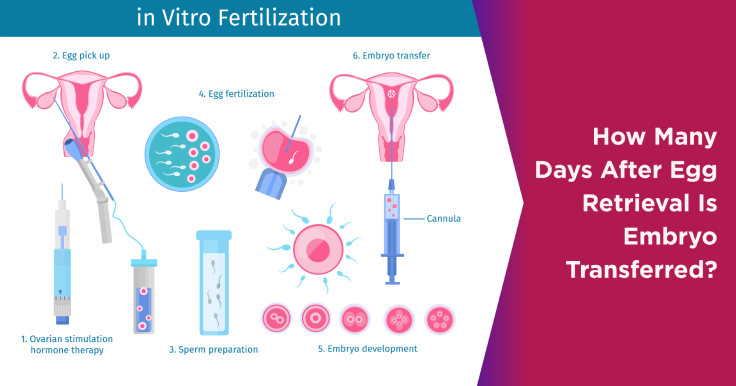Egg Retrieval IVF Process: Steps

In-Vitro Fertilization, IVF, has become a sought-after means of reproduction the world over. With more and more clinics and hospitals offering an array of services, advancements in this field of medicine have rapidly improved procedures year on year. One crucial step of IVF is egg retrieval through a surgical process.
As part of in vitro fertilization, mature eggs from the female body are collected and fertilized with a sperm in a laboratory. The female eggs are drawn out using a light suction. The process of collecting eggs is a fairly straightforward procedure averaging on 15 minutes and minimally invasive. The whole process is overseen by experts and in a sterile environment.
The Egg Retrieval Procedure Explained
The egg retrieval process is a day-long one at a doctor’s clinic or hospital. The patient will be given sedation to ease into it, and is strongly advised to bring along a companion. The OB/GYN will typically begin with an ultrasound to gauge the ovaries and assess the number of follicles present in inside.
Once ready, the doctor will insert a needle with the help of a catheter into the ovaries via the vagina. Follicles or eggs are systematically drawn out and with much ease. The eggs are then immediately transferred carefully for incubation before ICSI.
The patient will not experience any pain as sedation will be provided intravenously. The patient is advised to take rest for the next 24 hours.
Side-Effects / Risks of the Procedure
There are no hard side-effects to this procedure. The patient may experience some amount of cramping, bloating, constipation or breast tenderness post-the procedure. Other than these, most side effects as part of in vitro fertilization are experienced before the egg retrieval procedure.
Patients are advised to consult their OB/GYN before initiating any form of In Vitro Fertilization.
 Infertility Counselling
Infertility Counselling Female Infertility Treatment
Female Infertility Treatment Andrology Treatment
Andrology Treatment Fertility Enhancing Surgeries - Female
Fertility Enhancing Surgeries - Female Fertility Enhancing Surgeries - Male
Fertility Enhancing Surgeries - Male Endoscopy Treatment
Endoscopy Treatment IUI Treatment
IUI Treatment IVF Treatment
IVF Treatment ICSI Treatment
ICSI Treatment Advanced IVF Solutions
Advanced IVF Solutions Embryology
Embryology Vitrification Egg, Embryo, Sperm Freezing
Vitrification Egg, Embryo, Sperm Freezing Preimplantation Genetic Testing (PGT)
Preimplantation Genetic Testing (PGT) Donation Program Embryo / Egg / Sperm
Donation Program Embryo / Egg / Sperm Self-cycleTM IVF
Self-cycleTM IVF

 Self-cycleTM IVF
Self-cycleTM IVF









